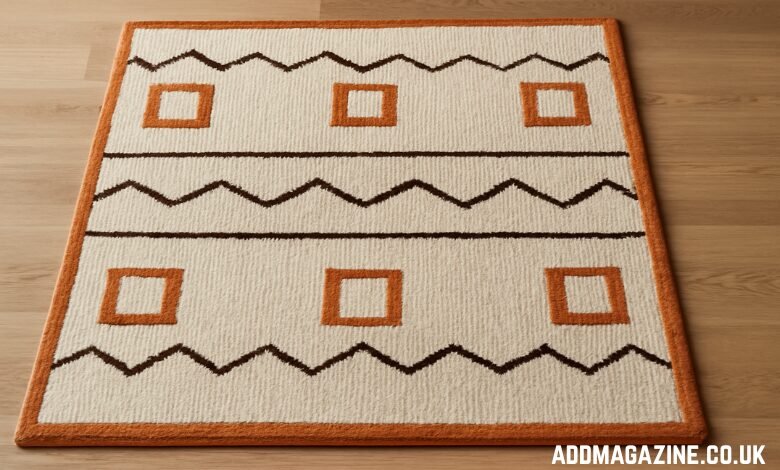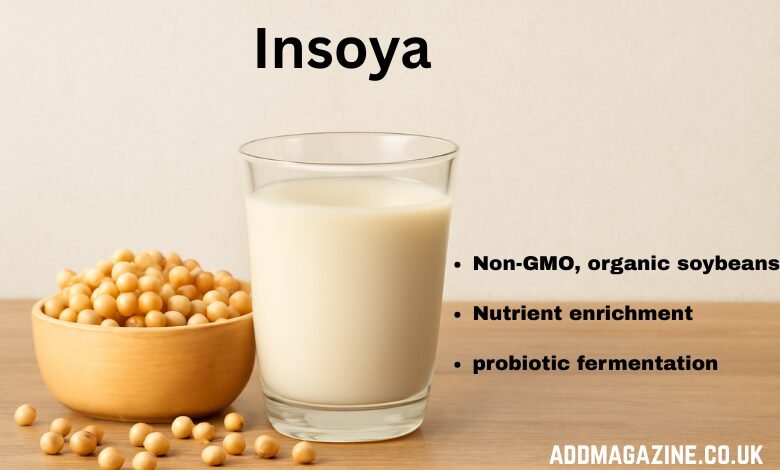Wollmatten, or woolen mats, are enduring products, valued not only for their practical use but also for their sustainability, aesthetic appeal, and cultural significance. Made from natural wool fibers, these mats have been crafted and utilized by various civilizations over thousands of years. This article will delve into the origin, historical development, manufacturing process, and diverse uses of wollmatten, providing an in-depth understanding of this remarkable and timeless product.
What is Wollmatten?
Wollmatten refers to mats or textiles made from wool, a fiber sourced from animals like sheep, alpacas, and goats. Wool is known for its insulating properties, softness, and durability, making it an ideal material for crafting mats and other functional textiles. In German, “wollmatte” directly translates to “wool mat,” and this term can encompass a wide variety of wool-based products used for various purposes, from floor mats to decorative rugs.
The versatility of wool allows it to be processed into different forms such as woven or felted mats. Wollmatten can range from simple, functional pieces to intricate, beautifully designed artworks, demonstrating both craftsmanship and cultural values in their creation.
The Origins and History of Wollmatten
The use of wool for textiles dates back to ancient times, with some of the earliest recorded uses of woolen mats dating back to the Bronze Age (approximately 3300 BCE – 1200 BCE). Evidence suggests that early humans utilized wool not just for clothing but also for crafting durable textiles such as mats, blankets, and coverings for shelter. The domestication of sheep, which provided the wool, was crucial in the development of these early textile industries.
The Ancient Egyptians were among the first to weave wool into cloth, though they primarily relied on linen. By the time the Greeks and Romans came into prominence, wool was extensively used in textiles, including carpets and mats, signifying its importance in everyday life.
The Middle Ages (5th to 15th century CE) saw a significant increase in the use of woolen products across Europe, particularly in regions like England, France, and Italy, which were known for their thriving wool industries. During this time, woolen mats, tapestries, and rugs were produced not only for practical purposes but also as symbols of wealth and status. The wool trade became a cornerstone of European economies, especially in countries like England, where wool production became a major industry by the 14th century.
By the 18th century, woolen textiles, including mats, began to be produced more efficiently with the advent of industrial weaving technologies. The Industrial Revolution brought about the development of machinery that allowed woolen products to be mass-produced, making them more accessible to a broader range of consumers.
How Wollmatten are Made: The Manufacturing Process
The creation of wollmatten is a labor-intensive process that requires skill and patience, whether done by hand or with the help of modern machinery. The first step in the process involves shearing wool from sheep, alpacas, or other animals. This wool is then cleaned, carded, and spun into yarn before being woven or felted to create the mat. Below are the two primary techniques used in the production of wollmatten: weaving and felting.
1. Weaving
Weaving involves interlacing wool yarns in a structured manner to form a fabric. In traditional hand weaving, artisans use looms to weave wool fibers into specific patterns. The use of handlooms allows for great flexibility in design, producing intricate patterns that can range from simple geometric shapes to more elaborate, artistic depictions.
Weaving can also be done on larger, industrial machines, which have made the production of woolen mats more efficient. However, handwoven mats are often valued for their craftsmanship and the attention to detail that goes into their creation.
2. Felting
Felting is a process that uses moisture, heat, and pressure to fuse wool fibers into a dense, compact fabric. This technique does not involve spinning wool into yarn or threads; instead, raw wool fibers are layered and agitated until they bond together. The result is a thick, durable, and insulating mat that is particularly suited for colder environments. Felting allows for the creation of robust, solid mats, often without the need for intricate patterns.
While traditional felting is a manual process, modern felting machines have made the process faster and more consistent. Felting is particularly useful for creating large mats or area rugs, as the technique produces a thick, plush material that is ideal for comfort and insulation.
Uses of Wollmatten
The versatility of wollmatten makes them suitable for a wide range of applications. Whether used in homes, commercial spaces, or traditional settings, woolen mats offer both functional benefits and aesthetic appeal.
1. Floor Mats and Rugs
The most common use for wollmatten is as floor mats and rugs. Wool is naturally insulating, which makes it an excellent choice for keeping spaces warm, particularly in colder climates. Woolen mats provide a soft, comfortable surface underfoot and can also help reduce noise, making them ideal for living rooms, bedrooms, and entryways.
These mats are also moisture-resistant, which makes them well-suited for high-traffic areas where spills or dirt might occur. Wool’s natural ability to wick moisture means that it absorbs spills without compromising its structural integrity, making it an excellent option for households with children or pets.
2. Door Mats
Wollmatten are commonly used as door mats due to their durability and moisture-wicking properties. Placing woolen mats at doorways helps to trap dirt, dust, and water, preventing the entry of outside elements into the home. Their natural resistance to dirt ensures that they remain clean longer than mats made from synthetic fibers.
3. Decorative Mats and Tapestries
In addition to their practical uses, wollmatten also serve as decorative pieces. Woolen mats can be intricately designed to complement various interior styles, from minimalist décor to more traditional and rustic themes. Handwoven wool mats often feature detailed patterns and vibrant colors, making them focal points in living rooms, dining rooms, and bedrooms.
4. Cultural and Traditional Uses
In various cultures, wollmatten have traditional uses. For example, in Scandinavia, felted wool mats were traditionally used in homes during the long winters. These mats would be placed on the floors of living areas or used as bedding to provide extra warmth during cold months. In some Middle Eastern cultures, wool mats were used as part of religious or ceremonial practices, where they served not only as functional items but as expressions of artistry.
5. Commercial Applications
In commercial settings, woolen mats are often used in offices, hotels, and other high-traffic environments. Wool’s ability to resist dirt and stains makes it an excellent choice for areas with heavy foot traffic. Additionally, its durability ensures that the mats retain their appearance for extended periods, even in busy commercial spaces.
The Benefits of Wollmatten
Wollmatten offer numerous advantages, making them a popular choice for consumers around the world. The primary benefits of woolen mats include:
1. Sustainability
Wool is a renewable resource, and wollmatten are biodegradable, making them a more sustainable option compared to synthetic mats made from petrochemicals. Wool production requires significantly less energy than the manufacturing of synthetic fibers, and the use of natural dyes further reduces the environmental impact. Choosing woolen mats supports a more eco-friendly approach to home décor and textile production.
2. Durability
Wool is one of the most durable natural fibers, and wollmatten made from wool are built to last. Wool fibers are naturally elastic, which allows them to bounce back after heavy use, maintaining their shape and texture over time. This durability makes woolen mats an excellent investment for both residential and commercial spaces.
3. Comfort and Insulation
Wool’s insulating properties make it ideal for providing comfort in cold environments. The fibers trap air, creating a cushion that not only keeps the floor warm but also adds comfort underfoot. Whether in the home or office, wollmatten provide a pleasant and soft surface to walk on, contributing to a cozy and inviting atmosphere.
4. Moisture and Odor Resistance
Wool naturally resists moisture and odor, keeping mats fresher for longer. Wool fibers have a unique ability to absorb and release moisture without feeling damp, which helps prevent the buildup of mold or mildew. The natural oils in wool also help repel odors, ensuring that wollmatten remain clean and fresh even in high-humidity areas.
5. Low Maintenance
Wollmatten are relatively low maintenance. Wool fibers naturally resist dirt and stains, and a regular vacuuming or shaking out is often enough to keep them clean. Unlike synthetic mats that may require frequent washing or special cleaning treatments, woolen mats retain their appearance with minimal upkeep.
Conclusion
Wollmatten, or woolen mats, are timeless products that combine practicality, sustainability, and beauty. Their long history, stretching back to ancient civilizations, showcases their lasting value. Today, wollmatten are used in a wide range of applications, from floor coverings to decorative items, and their benefits—such as durability, comfort, and eco-friendliness—ensure their continued popularity. Whether you are looking for a functional mat for your home or a statement piece for your living room, woolen mats offer an elegant and sustainable solution that will stand the test of time.




